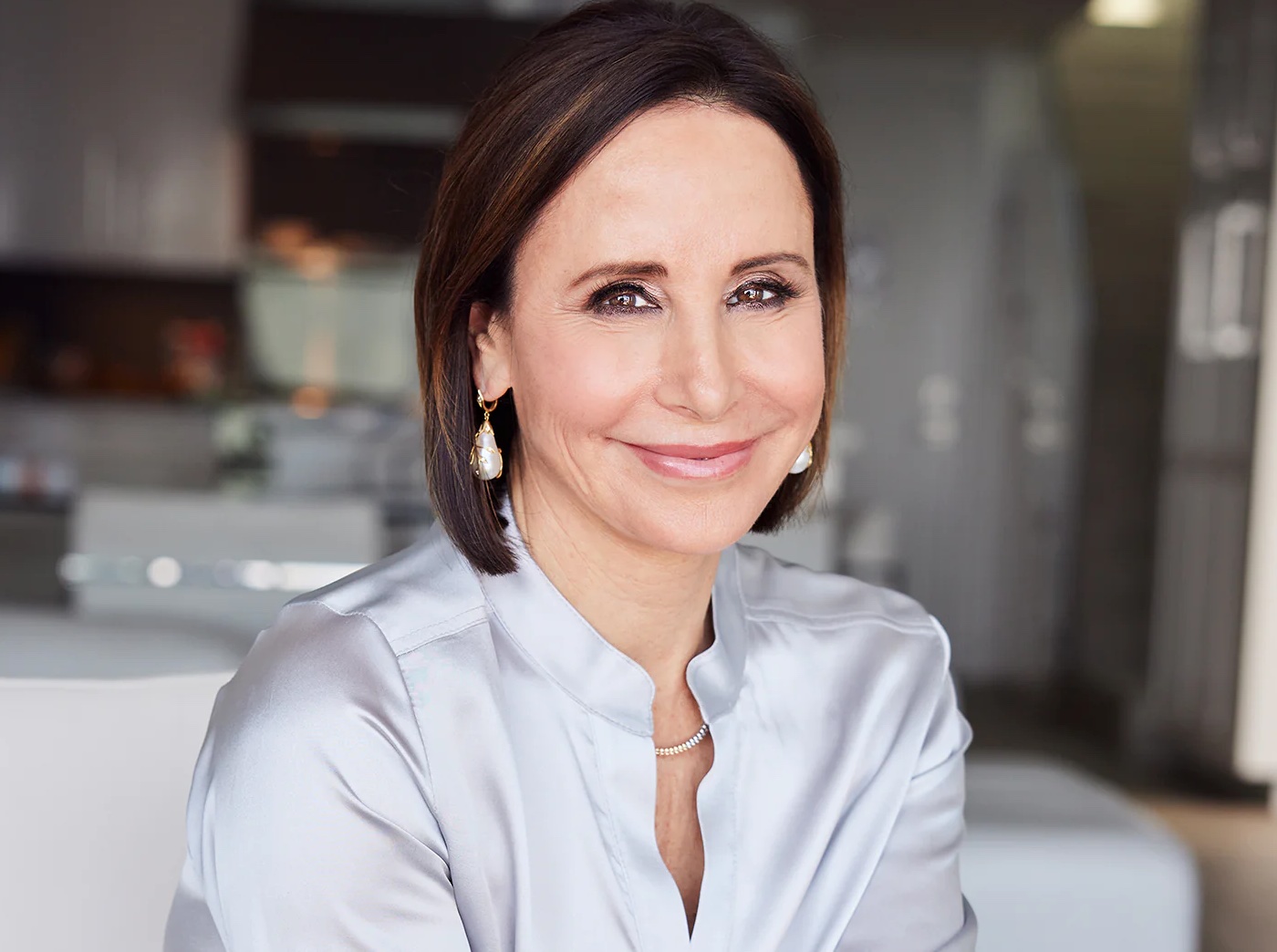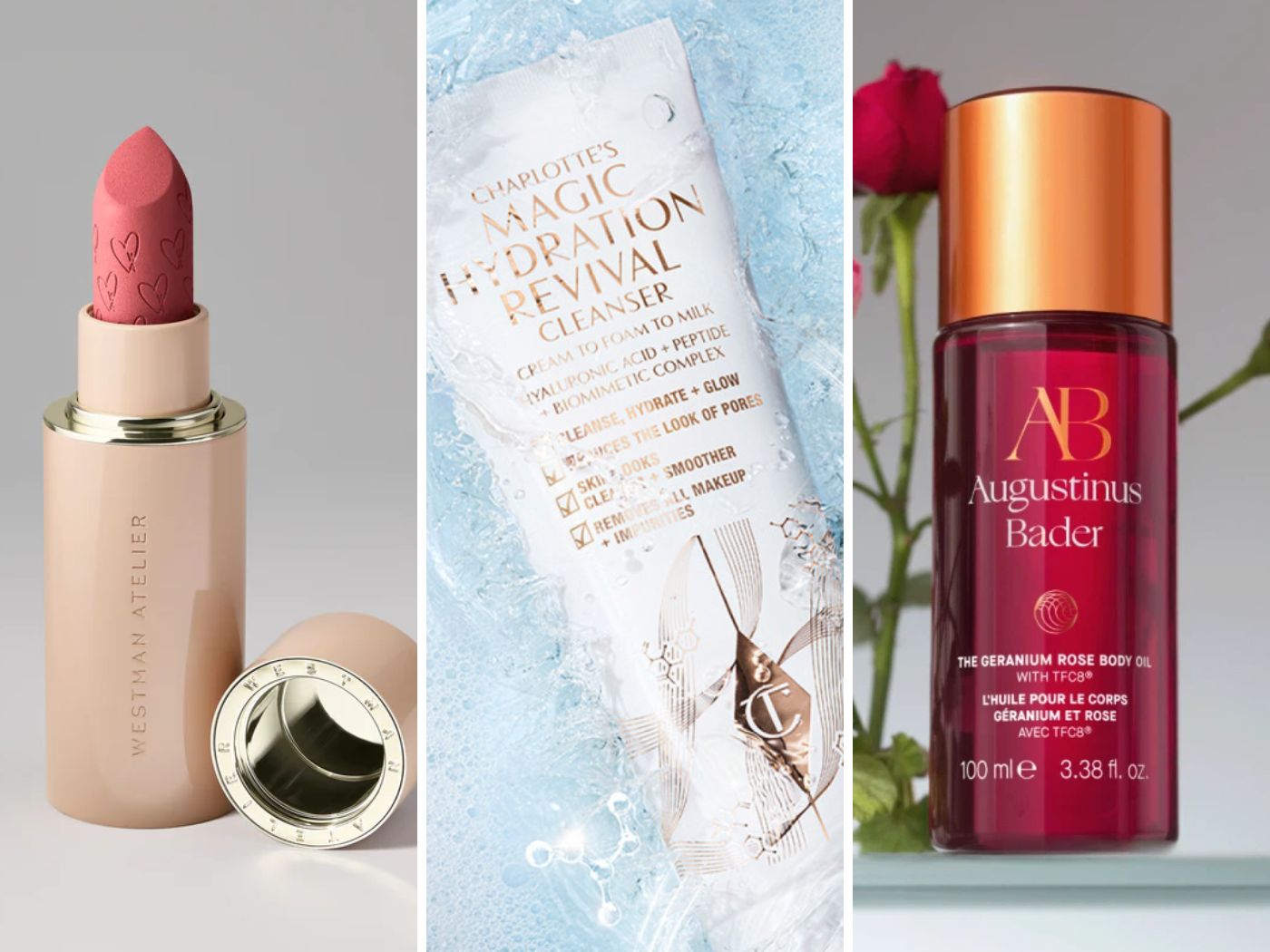The in-store beauty experience is undergoing a renaissance. Gone are the days of sterile aisles and impersonal interactions. Today, brick-and-mortar stores are evolving into vibrant hubs of discovery, education, and personalized multi-sensory experiences, fueled by technology and a renewed focus on IRL social connection.
This shift reflects a deeper understanding of consumer behavior, particularly among younger generations. According to Marlea Clark, Chief Marketing Officer, Stella Rising, “For GenZ, in-store shopping is often a social event, an entertaining place to go with friends for fun.” Research by WSL Strategic Retail reinforces this, with studies showing that shopping with friends contributes significantly to happiness for beauty shoppers, especially among Gen Z and Millennials.
The Phygital Revolution
Technology is inevitably playing a crucial role in this new shopping shift as consumers demand a blended experience where they can play, test, and discover in-store, but also realize the convenience that digital delivers. Hence the rise of the “phygital” experience, a seamless blend of the physical and digital that bridges the online and offline worlds. Phygital beauty experiences combine the best of both worlds, leveraging the strengths of in-store and online shopping. This is backed by Stella Rising findings: At Sephora, 100% of consumers make beauty purchases in-store and online; at Ulta Beauty, 96% purchase beauty both in-store and online; at Target, 86% purchase beauty both in-store and online.
The phygital movement caters to the social, educational, and personal needs of today’s beauty consumer, fostering a deeper connection between brands and customers while transforming the way we interact with and discover beauty products. It also means a more interactive in-store experience. For example, trying on makeup virtually using AR/VR technology, receiving personalized consultations via digital interfaces, and participating in immersive workshops and masterclasses. And many beauty brands are embracing these trends.
Shiseido’s flagship store in Tokyo, for example, combines the online and offline experience utilizing a Digiskin tester, offering personalized skin care recommendations based on customer data and preferences. Embracing the human touch without actually making contact, Shiseido’s beauty advisors can assist consumers, aided by technology generating personal product recommendations from a questionnaire, which then get added to virtual shopping carts on an “S Connect” wristband the customer is given upon entering the store.

Since launching Knockout Beauty in 2016, Cayli Cavaco Reck says she has worked to deepen consumer experiences with a multi-brand masterclass concept. Her goal is to bring people together IRL to exchange and share knowledge while providing in-depth consultations and personalized skin care “recipes.” The result is a loyal customer base armed with advice who can intelligently shop the store. The masterclasses are expanding as locations grow (there are five brick and mortar stores in New York, L.A., and Colorado).
This type of experiential consumption resonates with Amanda Zajac, Senior Vice President, Client Strategy at Stella Rising, commenting, “Just talking to friends and family about beauty products is a game changer, and the number-one driver for purchases is an authentic positive review.” People trust their people knowing that influencers and celebrities — while fun to watch — are being paid.
The Future of Retail is Fricton-Free Shopping
One notable 2024 statistic from WSL Strategic Retail on beauty shoppers: 75% want a frictionless shopping experience, and to buy products that support their values.
Leaning into these trends are Sephora, Lush, Bluemercury, and Onda, some on a global scale.
In Paris, Sephora’s reimagined flagship entrance is glamorous (complete with a red carpet at the entrance). VIP shoppers have access to a lounge where they can have a massage or get personal shopping assistance, and the entire space is defined by zones to make it easy to find and shop a category.

Lush’s Tokyo flagship is a four-story, immersive, experiential showcase filled with natural light. It also includes bold displays bearing statements of Lush’s values that support animal protection and human rights . Throughout the store are sustainable products, such as its plastic free Naked Mascara, inspiring audio poetry readings, a reservations-only spa, and a social space for parties.
Bluemercury’s Jenna Goldberg, Head of Stores, Omnichannel & Strategy, says their consumers want an experience that’s easier to shop and offers a respite from the noise and chaos of their daily lives. That data is driving their New Blue stores in carefully selected neighborhoods such as Bronxville, NY and New Canaan, CT so that when out running errands, shoppers can swing by with their dog, and say hi to a beauty expert. The new stores are designed to be calm and inviting, with integrated spa facilities, while beauty experts look to build authentic relationships with clients in the community. Goodwin-Fullerton emphasizes, “During the pandemic, these experiences weren’t possible and now we are seeing a resurgence, and they are proving to be more important than ever.”
When Larissa Thomson founded Onda Beauty in 2015, she felt strongly that brick and mortar was not going away but shifting into a place for people seeking a personal, authentic connection. After building stores internationally and selling the brand to Amyris in 2022 – and watching them go bankrupt in August 2023 — she bought back the trademark in fall 2023 and picked up running the Tribeca location, the website, and all social platforms. Today, the strength of her community-focused efforts (such as hosting intimate events with brand founders) is resonating. Consumers, she says, have come back in spades wanting more.

Building on the desire to be a force for good, Onda is partnering with Social Goods to give back, for April’s Earth Month. Thomson designed three cosmetic pouches, representing earth, sea and sun, with 10% of sales going to SeaLegacy, a non-profit working to protect the sea. Stella Rising’s Zajac says the initiative, a feel-good environmental and sustainability goal, is really important. She also points out that social media integration is key. “The benefit to all of these consumer activations is you’re not only driving awareness, but you have the opportunity to create rich content that can be distributed across your core channels, whether it’s done organically or even pushed out into paid.”
The focus is shifting beyond simple transactions. Stores are becoming destinations, offering a blend of entertainment, education, and social interaction. The future of beauty retail is brimming with potential. By embracing technology and reimagining the customer journey, brands can create a truly unique and engaging experience.




